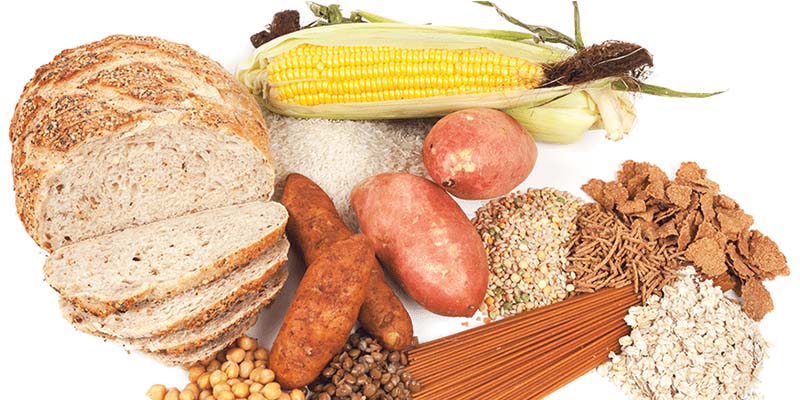Jan. 06, 2022
Starch is an important basic raw material in the food industry. It is a high-GI food. It has a fast digestion rate in the body and can cause a rapid increase in blood sugar after a meal, leading to a series of chronic diseases such as obesity and hyperglycemia.
Starch can improve food processing performance, and the adjustment effect on food taste and texture is often irreplaceable by other food materials. Therefore, it is necessary to improve its digestion and absorption speed by modifying it. Resistant starch is a modified starch with low GI, which can reduce the secretion of human insulin, reduce the production of heat and the formation of fat.

Physiological function of resistant starch
1.1 Prevent intestinal diseases
Resistant starch cannot be digested and absorbed in the human small intestine. It is only fermented by the intestinal flora in the large intestine to produce short-chain fatty acids, so it is very beneficial for maintaining intestinal health. The gas produced after fermentation can increase the volume of feces. It can alleviate intestinal diseases such as colon cancer, hemorrhoids, constipation, etc. and the effect is remarkable.
1.2 Control weight
Resistant starch can increase human satiety and stool volume. It is not easy to digest and almost produces no calories. Compared with ordinary starch, resistant starch generates the least heat in the human body and reduces the efficiency of glucose utilization, so it can be used. It is used as a base material for weight-loss food to achieve the purpose of weight control.
1.3 Regulate blood sugar levels
Resistant starch is a low-GI food that can effectively regulate postprandial blood glucose levels, which is effective for treating diabetic patients. For people with non-insulin dependence, intake of resistant starch foods can effectively delay blood sugar and insulin levels.
Therefore, it can be applied to the development of health foods for diabetic patients, can also be used as blood lipid regulating foods, and can also be used for the development of endurance foods.
Application of resistant starch
2.1 Application in the production of fried food
The high thermal stability and safety of resistant starch in fried foods are trusted.
Resistant starch has been proven to reduce fuel consumption, promote puffing, enhance brittleness, and give the product unique toughness and flavor functions.
2.2 Application in bakery products
Adding an appropriate amount of resistant starch to the biscuits instead of low-gluten flour can not only maintain good hardness and chewiness, but also improve the nutritional value of the biscuits without affecting the taste.
2.3 Application in other foods
Resistant starch can effectively enhance the flavor of yogurt and provide a carbon source for the growth and reproduction of probiotics. Because the small intestine cannot digest resistant starch, it can be used as a microcapsule material to be embedded in other probiotics.
It can also be used as a food thickener in dairy products such as sauces, soups, and beverages to increase the opacity and suspension of the beverage, but does not affect the taste and flavor.